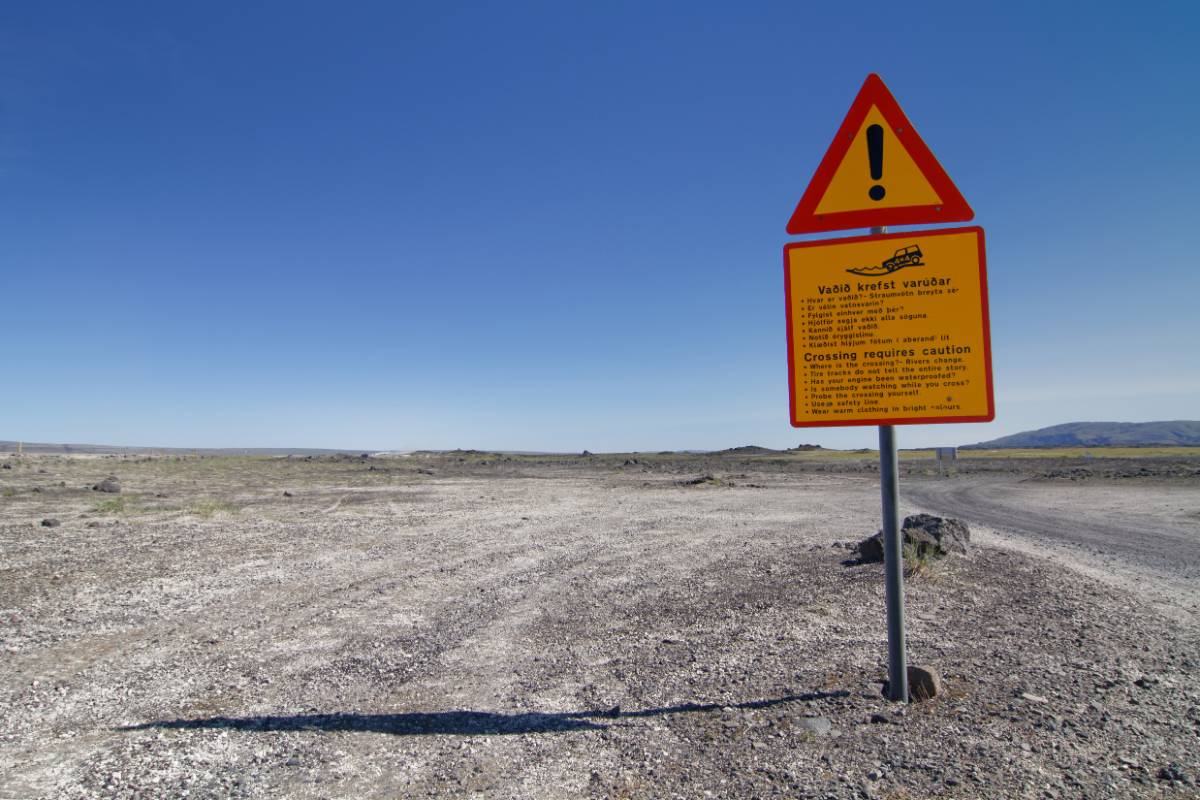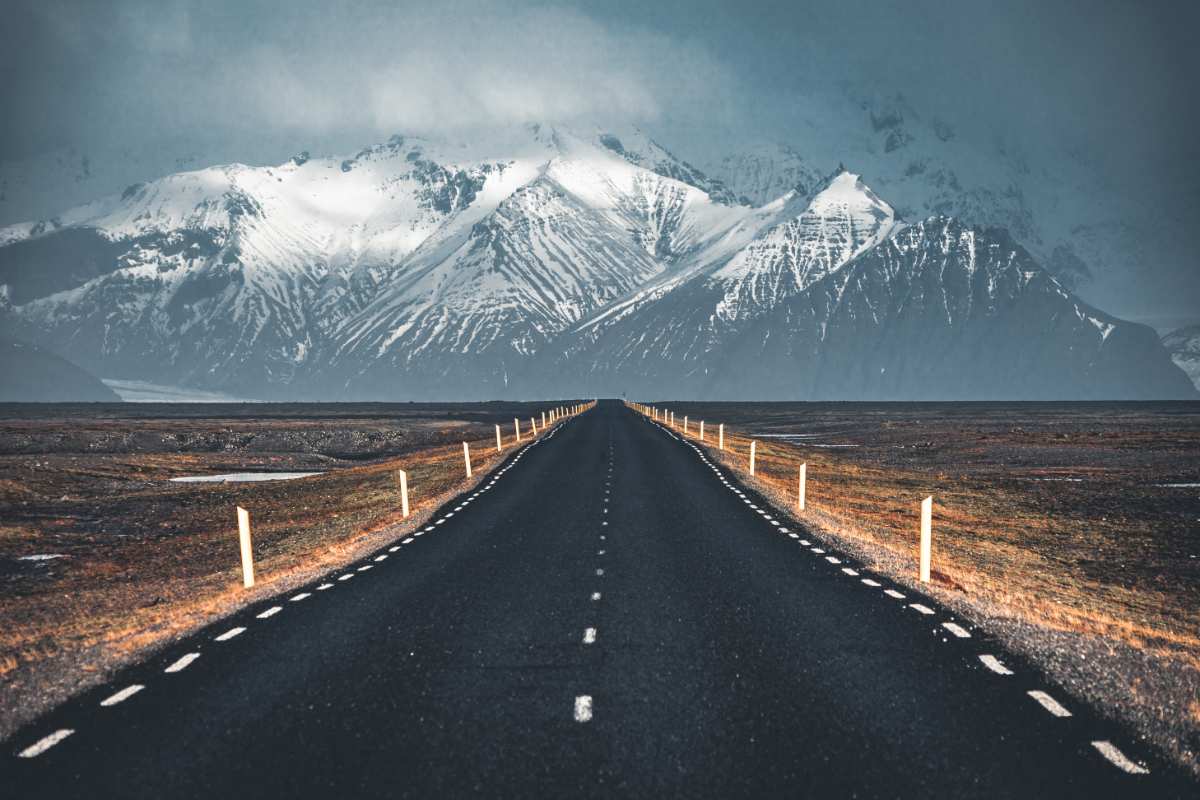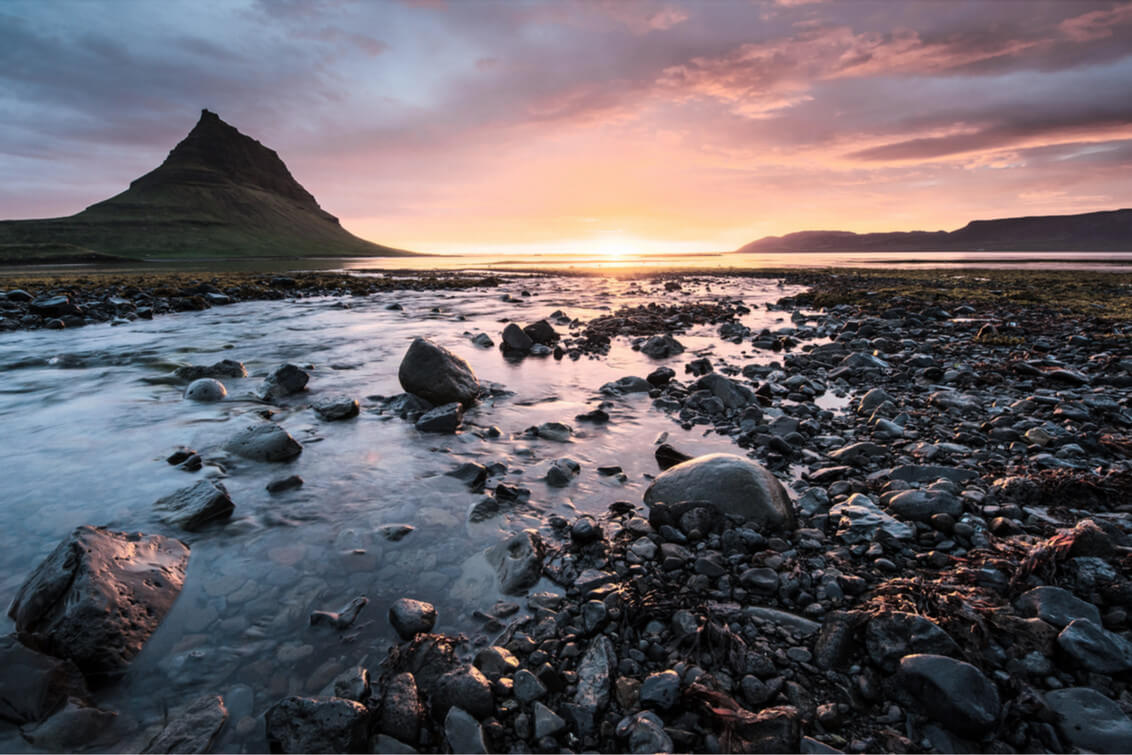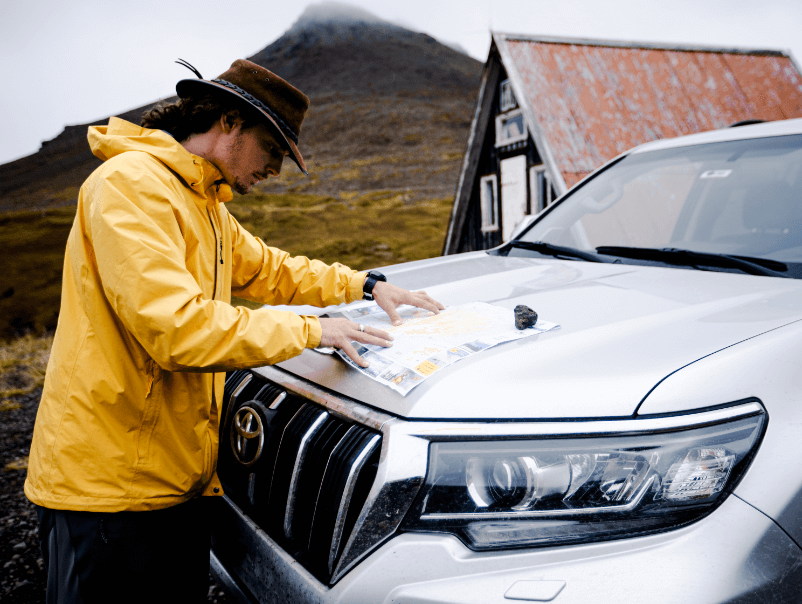Let’s get one thing straight. An Iceland camper van trip isn’t some glossy influencer fantasy. It’s real, raw, and occasionally smells like wet socks and sulfur. But damn, it’s worth it. You’ll cook noodles in the wind, camp under skies that don’t make sense, and maybe argue with your travel buddy about directions while surrounded by lava fields.
Hotels? Overrated. Tours? Meh. This is about doing Iceland your way. Fast, slow, clockwise, counterclockwise. Doesn’t matter. What matters is picking the right van, packing half-sensibly, and not getting blown off the road. Let’s get into it properly without the brochure stuff.
Start by Picking the Right Camper for You
So you’re doing the Iceland camper van trip thing. Good. You’ve already made a better decision than most people booking hotels in Reykjavík and wondering why they can’t see the northern lights from their windows.
Check out our full fleet of campers and rent a campervan in Iceland that actually fits your trip. It’s not about the flashiest ride. It’s about the one that doesn’t make you miserable halfway through your trip.
Traveling as a Duo (or Just Need Space From People)?
Go small, go cozy, save money for gas-station hot dogs and overpriced coffee.
- Campervan Play - manual, cheap, basic, solid. Ideal if you don’t need a shower to feel alive.
- Play VW - newer model, better insulation, GPS, USBs, and feels fancier than it should.
- Play Max (auto or manual) - still compact, just a bit more breathing room. Decent fridge, comfy sleep. Heating works when plugged in.
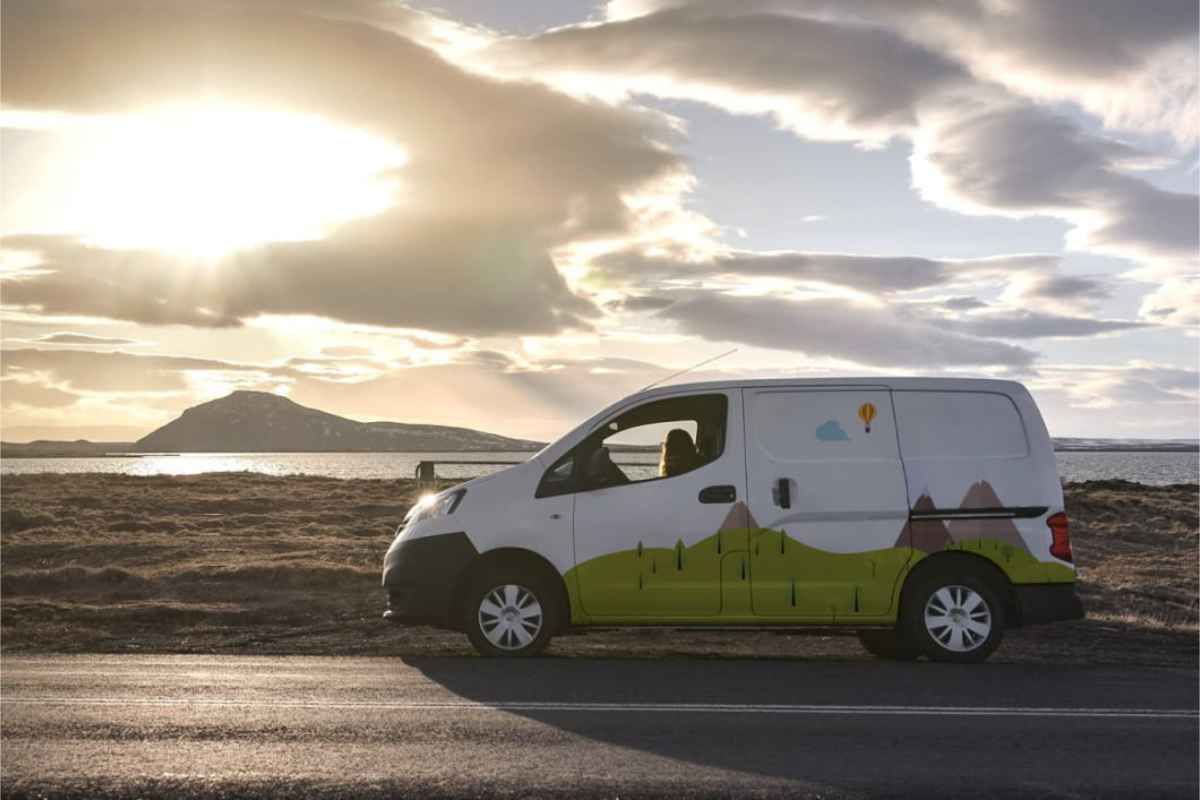
Want 4x4 Without Emptying Your Bank Account?
You want something that laughs at potholes but still fits your budget.
- Suzuki Jimny Roof Tent - small beast. Will get you into trouble and back out again.
- Dacia Duster Roof Tent - more space, just as tough. Great for the Ring Road and dipping your toes into the Highlands.
Got Friends, a Family, or a Lot of Baggage?
Then you're going to need room. Not just for people, but snacks. So many snacks.
- Campervan Fun Auto - automatic, heated, smart layout, actually fun.
- Hilux 4x4 - drives like a tank, but comfier.
- California Beach - classic van life vibes with Iceland-ready guts.
- Campervan XL - five seats, five beds. Not a joke. A rolling apartment.

Need Dirt, F-Roads, and a Bit of Chaos?
Welcome to the ‘what could go wrong?’ club.
- Adventure + - handles Iceland’s rough stuff within limits. You’re allowed on Route 35 (Kjölur), 550 (Kaldidalur), and the northern stretch of 208 toward Landmannalaugar (but not past the river). Sleeps three, if you’re friendly.
- Renegade 4xe Roof Tent - hybrid, comfy, tent life with Bluetooth. Charge your soul and your phone.
- Hilux (manual or auto) - serious Highland weapon. Sleeps 3-4, depending on how close you are.
A Few Things People Forget to Ask
- Manual or automatic? Most are manual. Automatics cost more. Choose what won’t ruin your trip.
- Heating systems?
- Webasto or automatic heaters = run off the car battery (great for freedom)
- EHU (Electric Hookup) = needs campsite power (fine in summer, risky in winter)
- Included gear? Sleeping bags, fridges or coolers, kitchen kits, camping stoves, and a fuel discount card. Wi-Fi optional, but worth it.
Pro Tips for the Iceland Camper Van Trip of Your Life
- Summer? Any van will work. Go budget if you want.
- Winter? Heated sleeping area or don’t bother. Go Fun Auto, California, or Hilux.
- F-roads or Highlands?You need a 4x4. It’s not a maybe.
- Just the basics and freedom?Play, Jimny, Duster.

Choose the Best Time for Your Iceland Campervan Itinerary
There’s no ‘wrong’ time for an Iceland campervan itinerary. Just wildly different versions of ‘what the hell is going on with this Icelandic weather?’ The real trick is picking the season that fits your vibe, your patience levels, and your willingness to defrost a windshield with your breath.
Let’s break it down.
Summer (June to August)
Summer in Iceland brings the Midnight Sun. Dry roads. No excuses.
- You’ll have 18+ hours of daylight. Sleep? Optional.
- Temperatures hover around 10-15°C (50–59°F), sometimes higher, sometimes rainy.
- All campsites are open. So are your options.
- The weather behaves. Kind of.
- Tour buses multiply like puffins in July. So don’t expect peace.
Ideal campers: Anything works. Go budget (Play, Play VW, Jimny) or splash out on space (Fun Auto, California Beach). Heating? Optional unless you’re cold-blooded.
Shoulder Season (May, September, October)
The sweet spot. Or the trap, depending on your luck.
- Fewer tourists. Cheaper everything. Actual breathing room at waterfalls.
- You’ll see temps between 5-10°C (41-50°F), and mornings are chilly.
- Still driveable, but the weather is... moody.
- Aurora starts showing up again. Worth staying up for.
- Some campsites start closing. You’ll have to plan smarter.

Ideal campers: Something with heat. Play Max, Fun ECO, Hilux, or anything with an EHU or Webasto. Layers are your new best friend.
Winter (November to April)
During winter in Iceland, you should expect frozen roads. Empty landscapes. Maximum drama.
- Expect -5 to 5°C (23-41°F), plus wind chill that slaps harder than expected.
- Snow, ice, darkness. Did we mention wind?
- Northern lights? Yes, if clouds behave.
- Many roads close, especially in the Highlands. You stay on the Ring Road and behave.
- You’ll need serious gear, good tires, and a warm sleeping setup.
Ideal campers:Fun Auto, California Beach, Hilux, or anything with proper heating that doesn’t rely on campsite power. Webasto heating (which runs off the camper’s battery) is way more practical than EHU heating (which only works when plugged in at a campsite), especially in winter.
Map Out a Route (But Don’t Lock It In)
Planning an Iceland camper van trip is cute. Until Iceland decides otherwise, you’ll map out the perfect route, color-coded and everything. Then the weather shows up like, ‘Nah.’ One road closes. Another floods. A volcano might throw a tantrum. Suddenly, you’re taking a detour through sheep country and pretending you meant to. Still worth it though.
Where to Go
Golden Circle - The tourist starter pack
- Three stops, one loop: Thingvellir, Strokkur Geysir, Gullfoss
- Easy day trip from Reykjavík
- Great for short visits or lazy first days
- Roads are paved and friendly
- Best vans:Anything.
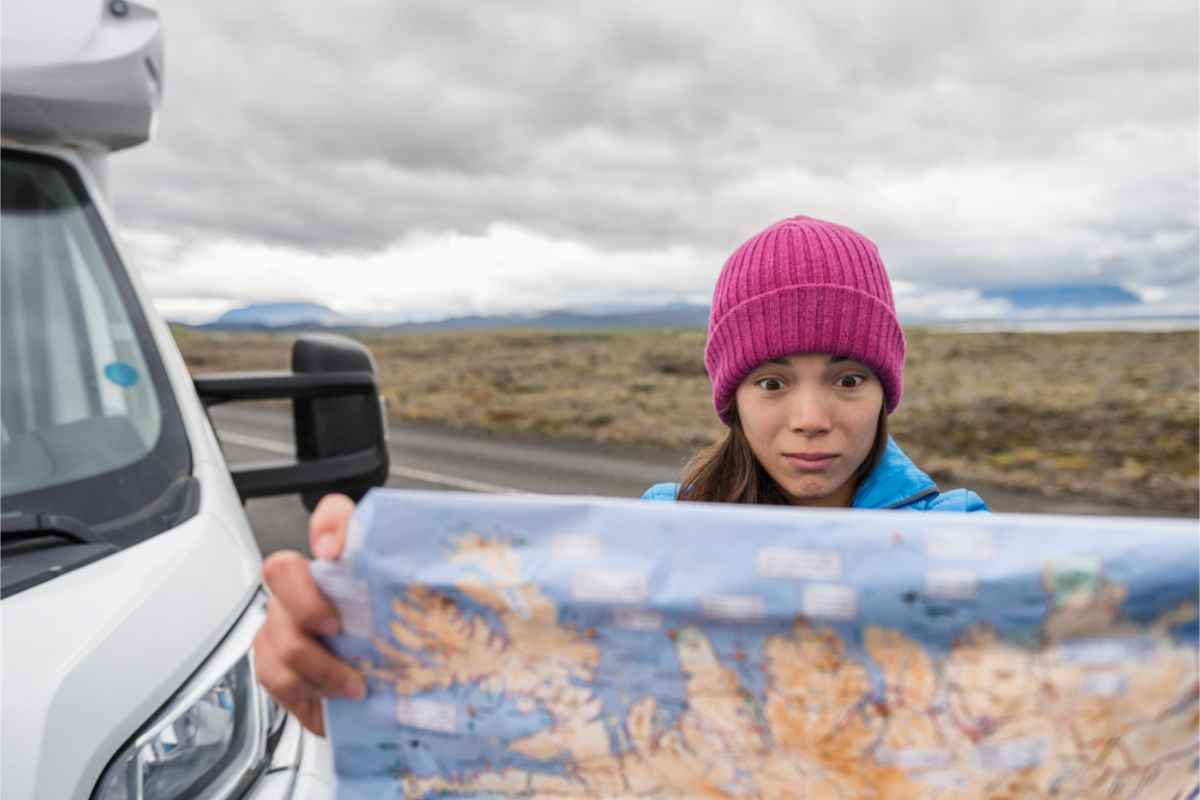
South Coast - Waterfalls, black sand
- Seljalandsfoss, Skogafoss, Reynisfjara, and some puffins
- Epic stops packed into 2-4 days
- Roads are decent, but winds get spicy
- Best vans:Play VW, Play Max, Fun Auto
Ring Road (Route 1) - The full loop
- Loops the whole island in 7–14 days
- Includes glaciers, fjords, lava fields, and sheep traffic
- Great for campers with unlimited mileage
- Best vans:Play Max, Fun Auto, XL, California Beach
The Highlands - Where the paved roads end
- Landmannalaugar, Askja, Kerlingarfjöll, Hveravellir, if you're lucky
- F-roads only open in summer, sometimes late June
- Epic hikes, steaming vents, lunar landscapes, no phone signal
- You need a real 4x4, or you're turning around at the first river
- Best vans:Hilux 4x4, Renegade 4xe, Dacia Duster Roof Tent
Westfjords - Iceland’s off-grid masterpiece
- Dynjandi, Raudasandur, Latrabjarg, Drangsnes hot pots
- Remote cliffs, puffins, seals, and zero cell service
- Weather changes hourly, and roads are full of potholes
- Perfect if you like your landscapes wild and your crowds nonexistent
- Best vans:Hilux, California Beach, or anything that won’t fall apart mid-hill
7-Day Iceland Ring Road Itinerary (Quick Glance for inspiration)
Day 1 – Explore the Golden Circle: Þingvellir, Geysir, and Gullfoss.
Days 2–3 – Head to the South Coast for epic waterfalls, black sand beaches, and the glacier lagoons from Vík to Jökulsárlón.
Days 4–5 – Discover the peaceful Eastfjords: remote roads, scenic views, and lots of sheep.
Day 6 – Northern highlights: Mývatn, Goðafoss, hot springs...and maybe spot a whale!
Day 7 – Return west to Reykjavík, with an optional detour to Snæfellsnes if time and weather allow.
Stay Flexible or Get Wrecked
The weather in Iceland does what it wants. And quickly.
- Roads close. Entire sections of your itinerary might become jokes.
- Always check:
- Road conditions - Umferdin.is
- Weather warnings - Vedur.is
Nifty tip: screenshot the maps before losing cellphone signal. Nothing humbles you like trying to load Google Maps in a snowstorm. Or, you can also download offline maps from Maps.me
What to Pack for a Camper Van Trip in Iceland
Your Iceland van trip will test your packing skills. And your ability to stay warm, dry, and slightly sane in sideways rain. Don’t overpack, but also don’t pack like you're flying to Spain. Iceland will humble you fast.
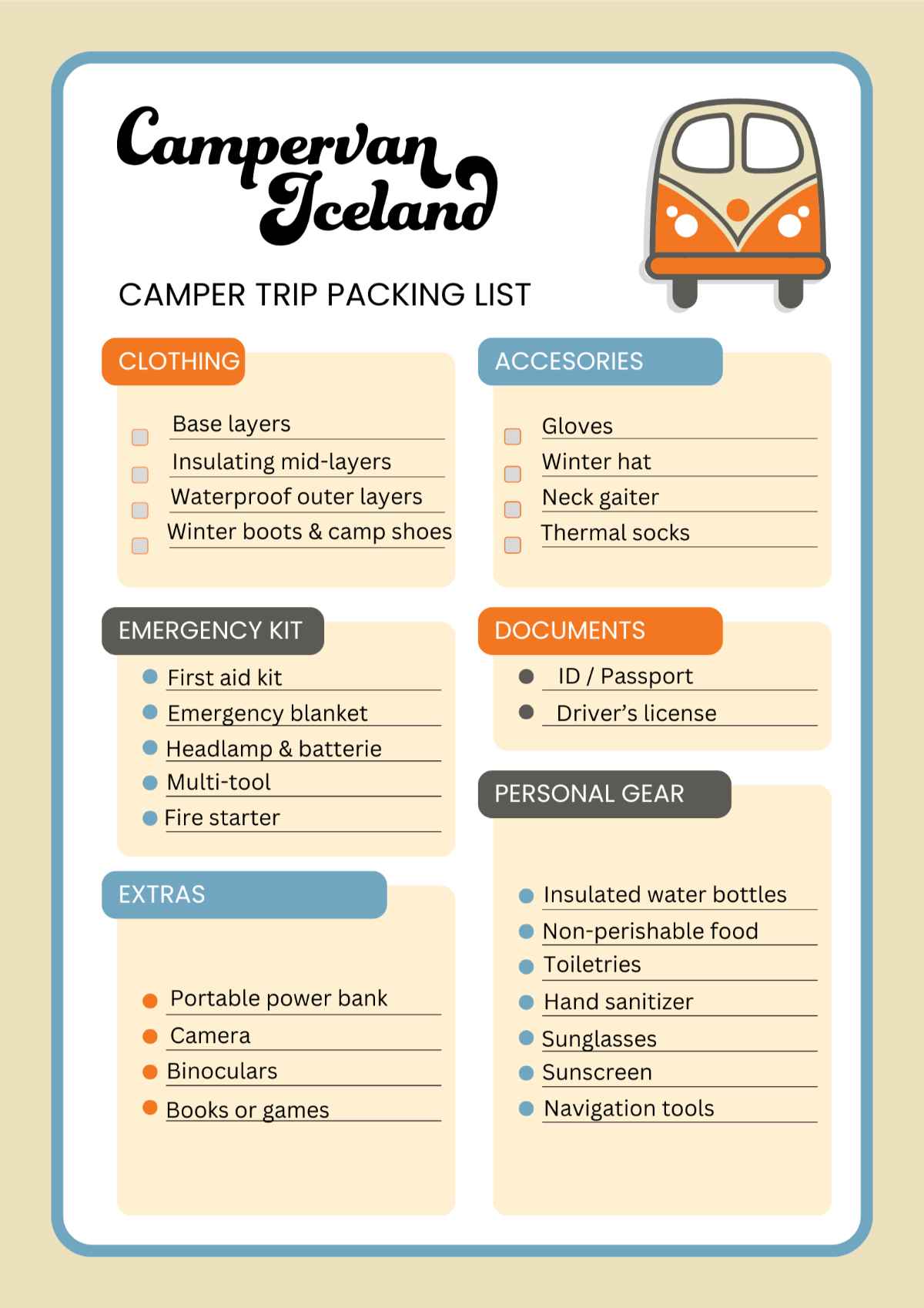
Let’s start with the basics:
Wearable Essentials
Pack like you’re going on a hike, a wind tunnel tour, and a glacier picnic all at once.
- Base layers. Wool or synthetic. Cotton is useless.
- Mid-layer fleece or insulated jacket
- Waterproof shell (top and bottom)
- Hiking boots that can get wrecked
- Gloves, beanie, thick socks. Then pack spares.
- Swimsuit. Yes, for hot springs. No, not for style.
- Sunglasses. Even in winter. The snow glare is no joke.
Small Stuff That Matters
- Portable charger or power bank. Iceland eats batteries.
- Offline maps. Signal disappears often.
- Daypack for hikes or carrying snacks you’ll pretend are for later.
- Quick-dry towel. For pools, rain, or sudden showers.
- Snacks. Gas station food is... a gamble.
- Reusable water bottle. Icelandic tap water is simply the best.
Gear You Don’t Need to Pack
Because our campers already have it.
- Sleeping bags
- Kitchenware (pots, pans, utensils)
- Gas stove
- Cooler or fridge
- Heater in most models
- Fuel discount card to ease the pain at the pump
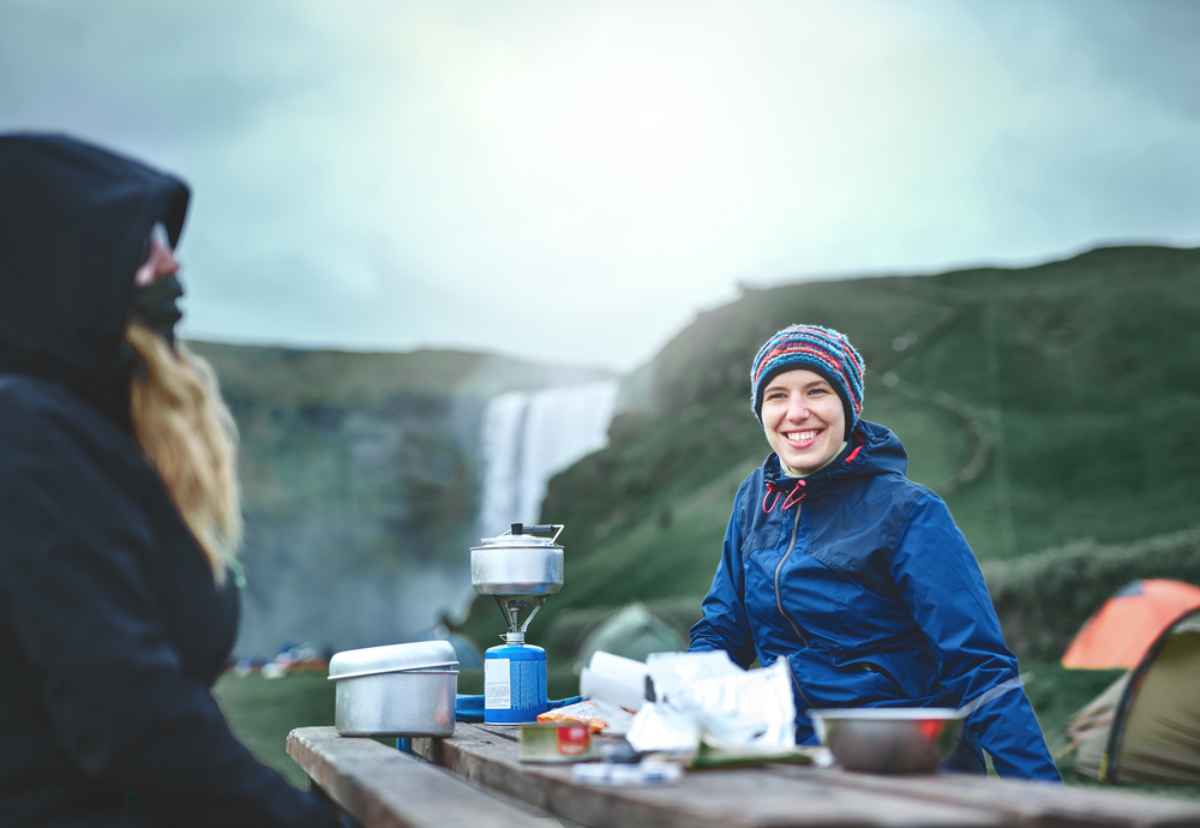
Optional But Worth It
If you need some extra gear and don’t want to drag it all the way from home, we also have these for rent:
- Wi-Fi router - great if you’re working, posting, or lost
- GPS device - especially if your phone is on airplane mode
- Camping chairs and table - your back will thank you
- Extra blankets - if you're scared of cold or commitment
If you forget something, don’t panic. Unless it’s your passport or pants. Most things can be bought or improvised. That’s part of the charm of an Iceland van trip. The other part? Waking up somewhere ridiculous with your boots under the pillow and a view that makes it all worth it.
Choose Your Campsites Wisely
Camping in Iceland sounds romantic until you're brushing your teeth in a parking lot with 40 km/h wind slapping your face. That’s why picking the right campsites isn’t just a bonus. It’s survival. If you’re exploring Iceland by campervan, come prepared.
Know Your Campsite Types
Not every campsite is built for comfort. Some are a dream. Some are a puddle with a toilet.
- Full-service campsites - These have it all: hot showers, flush toilets, indoor kitchens, EHUs (electric hook-ups), and sometimes even laundry. You’ll wish you booked more of these.
- Basic or rustic campsites - You get a flat spot, maybe a sink, and a toilet if the universe is kind. Fine in summer. Not recommended if it’s raining sideways.
- Winter campsites - Most campsites close in September and open in June. Now, some are open all year, but fewer in number. If you’re doing Iceland by campervan in winter, these are your anchor points. No guessing, no getting stuck with nowhere to park.
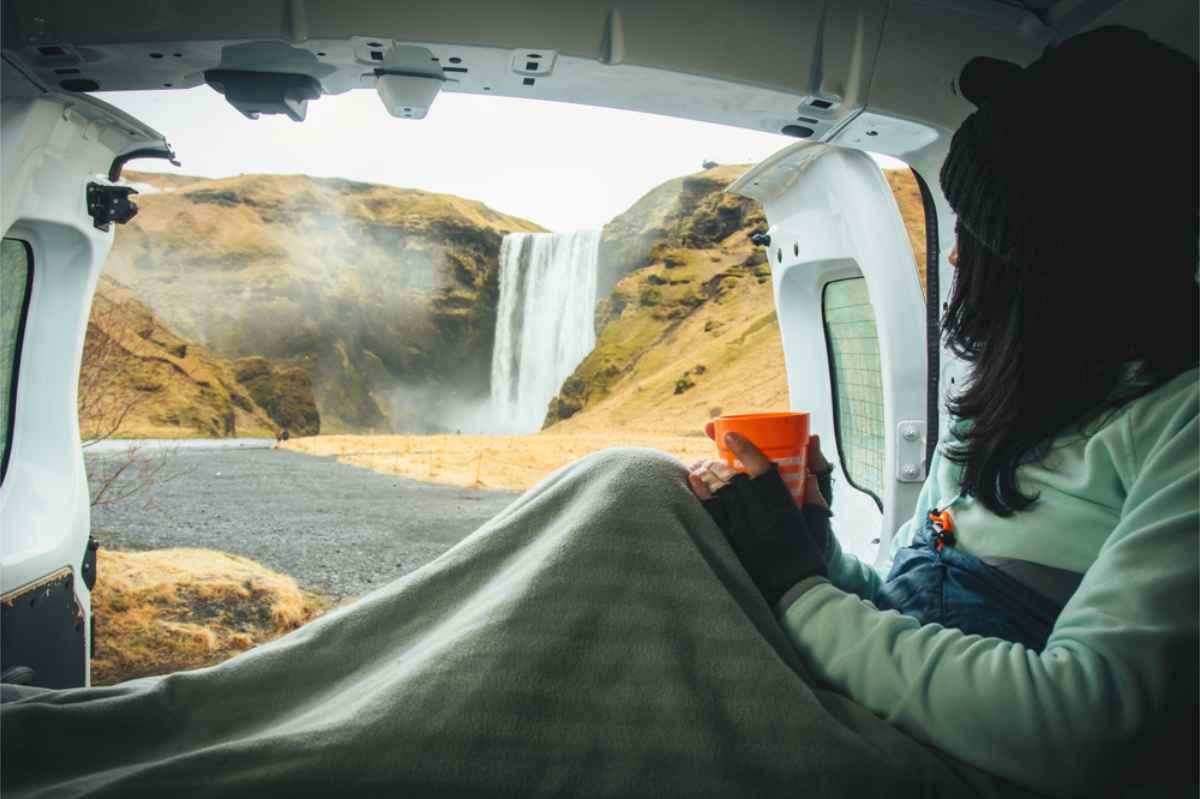
Stuff You Actually Need
- Heated showers
- Shelter or indoor common room (you’ll use it, trust me)
- Toilets that flush, not scream
- Electric hook-ups (EHUs), especially for vans like Play Max or Fun Auto that rely on them for heating
- Charging stations if your phone’s dead and you forgot your power bank again
Can You Just Sleep Anywhere?
No. You can’t. Wild camping is illegal in Iceland unless you like fines and dirty looks. Park at designated sites. There are plenty. Use tjalda.is to find legit ones near your route. Or just ask a local. They know where the good ones are.
Summer = Book or Regret It
From June to August, everyone with a van, a tent, or a mild existential crisis flocks to Iceland. Campsites fill up. Booking ahead is smart, especially near popular spots like Skógafoss or Lake Mývatn.
Average prices
Important info, of course. You still have to pay but camping in Iceland is one of the most budget-friendly and scenic ways to experience the country. On average, campsites typically charge between 1,800 and 3,500 ISK per person per night, depending on the location and facilities available.
For travelers planning to stay at multiple campsites, the CampingCard can be a great value. The card costs around €179 and can be a cost-effective option for families or longer trips.
| Concept | Summer (June–August) | Invierno (November–March) |
|---|---|---|
| Daily price for a rental for 2 | €180–€230 | €90–€160 |
| Camping (per vehicle + 2 people) | €25–€40 | €0–€30* |
| Daily total | €205–€270 | €90–€190 |
* As many campsites are closed during the winter, there are certain designated areas where you can spend one night for free, no services though.
Top Mistakes First-Time Campervan Travelers Make in Iceland
Traveling around Iceland in a campervan is an epic adventure but there are a few common mistakes that can turn your dream trip into a hassle. Here’s what to watch out for:
- Underestimating the Weather: Always prepare for wind, rain, and sudden temperature drops, even in July.
- Not Planning for Fuel Stops: Gas stations can be very spread out in remote areas, especially in the Highlands or Eastfjords.
- Ignoring F-Road Restrictions: Always check if your route includes F-roads and never drive them in a 2WD.
- Overpacking: Campervans have limited space. First-timers often bring bulky luggage that takes up precious room and makes the van feel cluttered.
- Not Being Familiar with Campsite Rules: Failing to stay at designated campsites can result in hefty fines and damage to the environment.
- Rushing the Route: It leads to fatigue, missed highlights, and less time to enjoy Iceland’s magic.
Your Iceland Camper Van Trip Starts with the Right Van
An Iceland camper van trip gives you something most travel plans don’t: total control. Sleep when you want. Eat where you park. Skip the overpriced hotels and wake up next to glaciers instead.
You’ll save cash, dodge crowds, and see places tour buses can’t touch. Our vans come with unlimited mileage, heating systems that actually work, fuel discount cards, and support that answers the phone when it’s snowing sideways. No fixed check-ins. No rushed breakfasts. Just you, your wheels, and the wild.


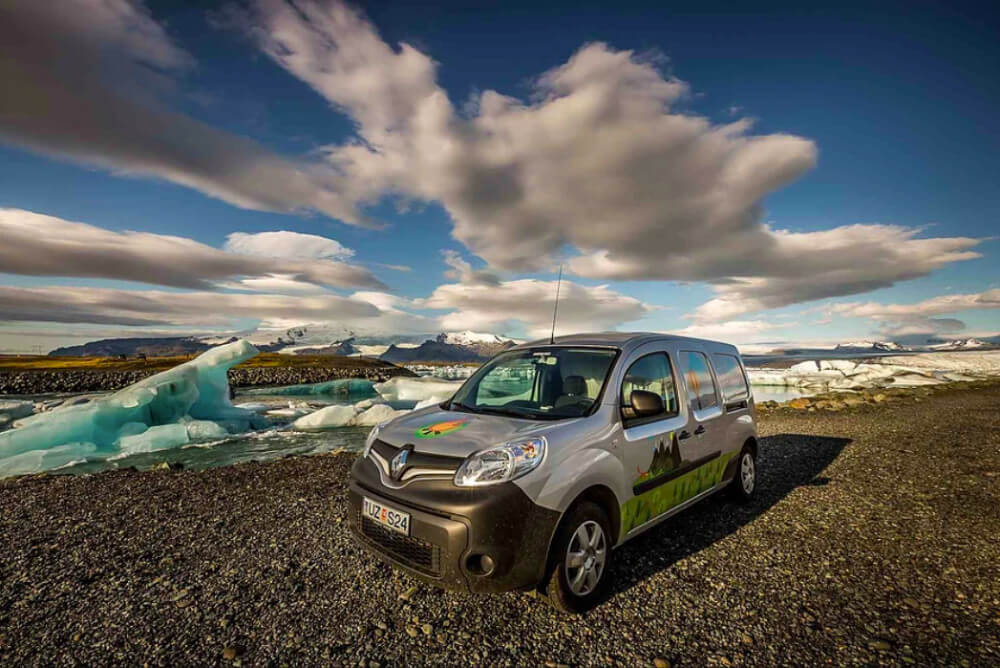
 By
By 

